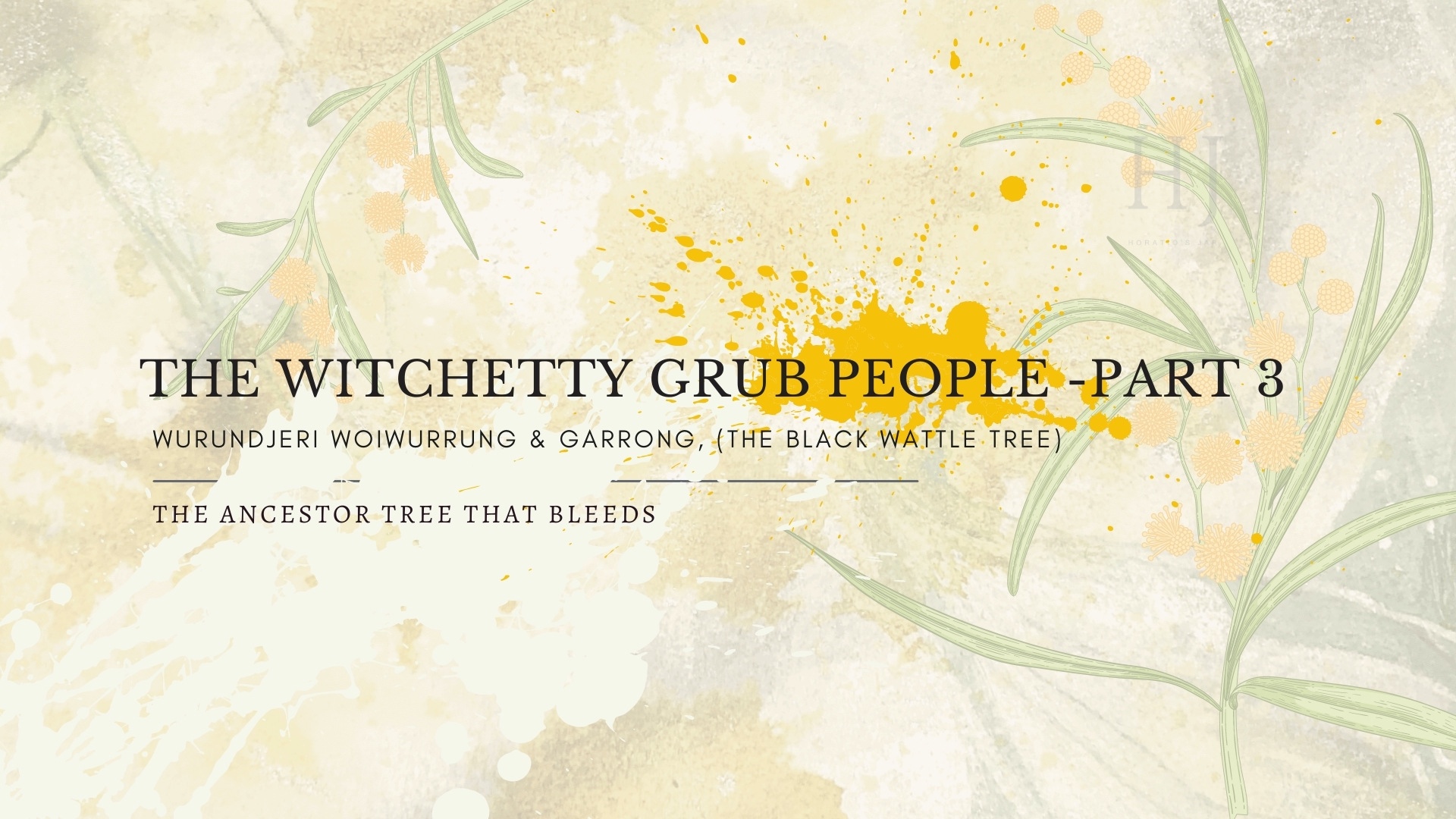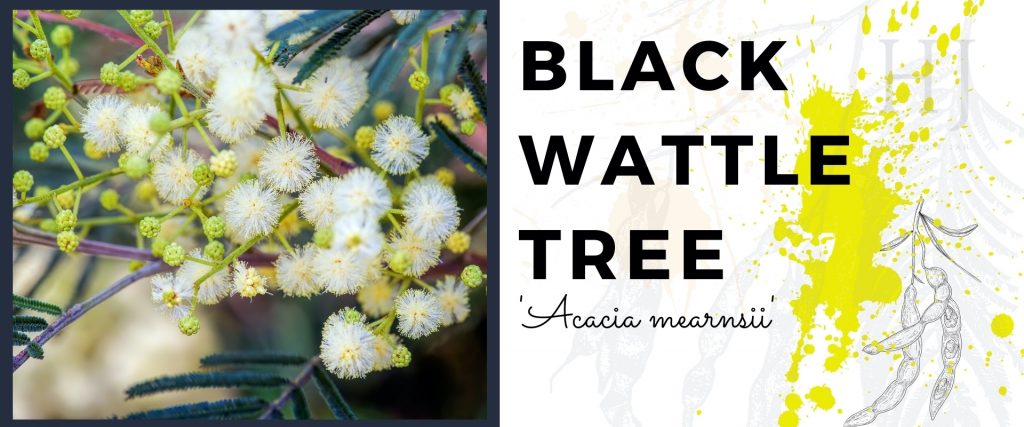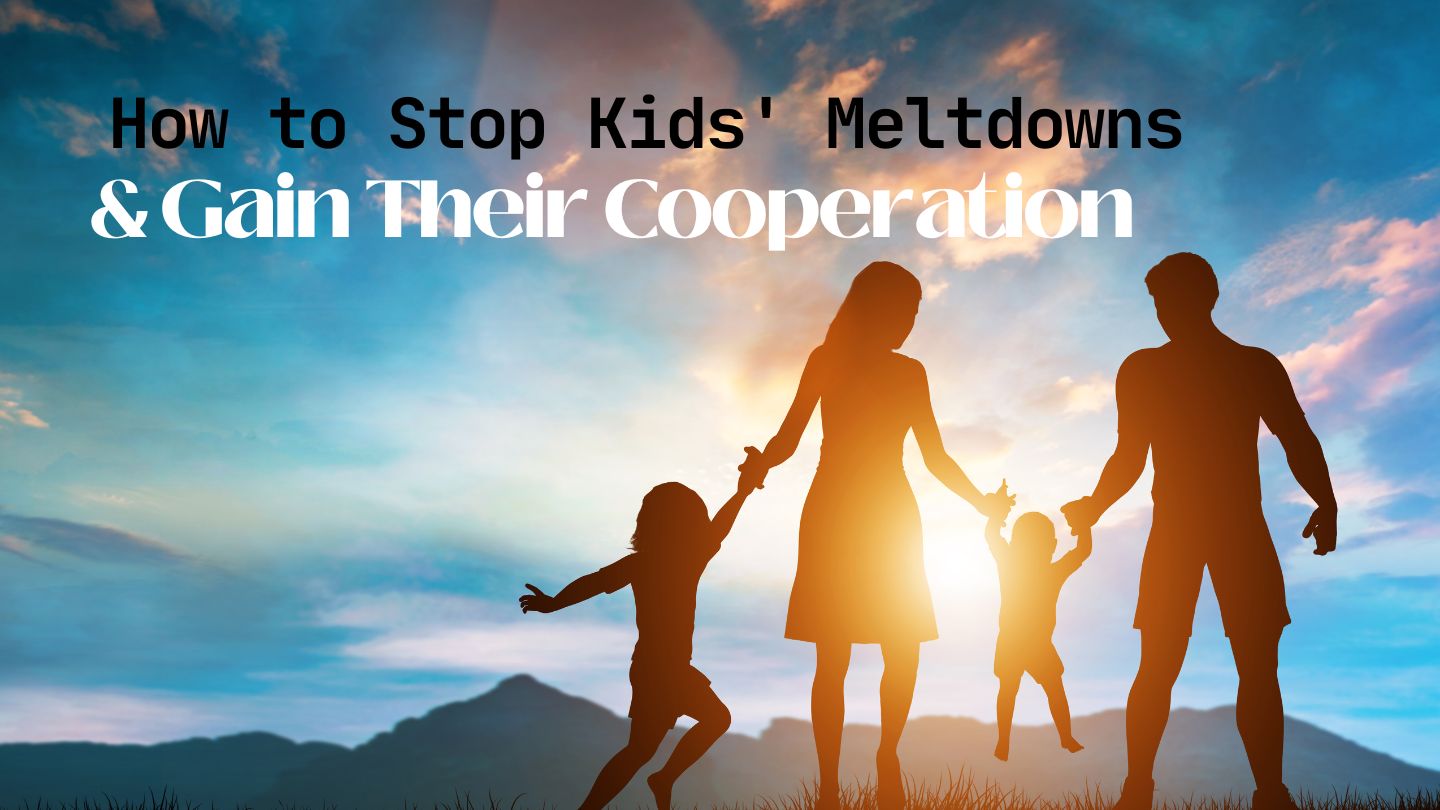Latest From Upschool
- How to Stop Kids’ Meltdowns and Gain Their Cooperation
- Making Big Decisions When You and Your Co-Parent Disagree
- Building Your Child’s Self Esteem
- Separation Anxiety & Starting School
- Why Parents Should Listen to Kids
- How To Raise Emotionally Intelligent Children
- How to Combat End of Year Fatigue
- Navigating Technology and Kids: A Guide for Parents
-
-
No videos yet!
Click on "Watch later" to put videos here
- View all videos
-
-
-
Don't miss new videos
Sign in to see updates from your favourite channels
-
First Nations
Guest Contributors
Nature (Guest Contributors)
Wurundjeri Woiwurrung and Garrong – The Black Wattle Tree

Wurundjeri Woiwurrung and Garrong – The Black Wattle Tree
Acacia mearnsii - The Black Wattle TreeYellow screams optimism
Spring is coming, it seems, as the warm sun finally shows up to burn up the blanket of grey that smothered Melbourne for what seemed an endless winter. The sun, so missed, finally burned brightly over us and the Yarra river shimmered under the midday light.
Wattle Universe
This year, like last year, has been challenging for Humans. And the sun for me arrives as a welcomed friend I have missed for too long. It is late August and a full sunny day in Melbourne; the bright light and warm air have elevated the mood of everyone. I can feel it. There is optimism in the air that good things are to come. I crossed over the bridge to my place, and hedging the narrow walkway of the bridge and paths was the unmissable Carnival of fluffy yellow blossoms that exploded from nowhere. Everwhere were voluminous clouds of thickly packed gold wattle. A whole universe of yellow had consumed the bush overnight. Whoa, I thought! Wattle season exploded out of nowhere, and what I remembered to be the cool coloured leaves of gums and wintered trees was now painted over in supercharged bright yellow. The bush, heaving a multiplicity of yellow blooms was intense, and a tiny part of me wished it wasn’t all so yellow. Still, it was gorgeous and different, and it made me consider whether this was our version of the Cherry Blossom festival in Kyoto, Japan. Perhaps our wattle explosion is just as extraordinary?
The Black Wattle, Why?
The Wattle trees are a dominant species of tree and shrub in Australia. Also known as Acacia trees, there are about 1600 species in the land Downunder and 160 native to Victoria, 16 of which appear nowhere else in the world. Recognisable by their fluffy bright yellow pom-pom like blossoms, the acacia trees have an irregular shape to them, the leaves can be ferny and refined, with soft green-grey colour ( in the case of the Black Wattle, The Silver Wattle and The Golden Wattle), and the blossoms can be intensely golden or pale yellow like the Black Wattle Tree. Other species of Wattle bush have prickly pointing leaves with woody stems, leaves similar to eucalyptus and sometimes very prickly and thorny. https://youtu.be/ZMKHPuXtTGoGarrong – The Grandfather Tree
It is not advisable to eat the gum of any Acacia – they can make you very unwell. I would advise guidance from a bush tukka expert or botanical expert when exploring edible plants. To the Wurundjeri people, the Black Wattle is Garrong, the grandfather tree. The Wurundjeri view Garrong as the symbol of their grandparents who have passed; it is a sacred plant in their culture used in a multitude of wellbeing practices and ceremonies. The Black Wattle is a significant natural resource to Wurundjeri Woiwurrung; like many Acacia trees and shrubs in our country, it has medicinal qualities and practical purposes. Our Black Wattle has gum that can be eaten as a treat, used in tea for medicine, and the sap is also an excellent adhesive. The bark is used to make woomera, spear and boomerang and is sometimes turned into a poultice to heal wounds. Many Acacia wattles, including the Black Wattle, are traditionally used in smoking ceremonies to help relieve pain, fever, migraines, stomach upsets and rheumatism. The Acacia is also used in smoking ceremonies to purify the spirit of a newborn baby and to calm the nerves of hyperactive minds and rambunctious children. The wattle is a food store for birdlife and people. It houses the edible Witchetty grubs, bleeds edible gums, the flowers are to flavour teas, and the seed pods are used to make flour. The seeds from the plant’s pods are collected are ground to make flour, and the amber gum, which blisters and oozes from the cracks in the black charcoal stump, is edible, medicinal and practical. Not all wattle and Acacia are edible, and the ones that are, are not always palatable and sweet – they are purely restorative.TAGS
Alternative Therapies
Culture and Community
Grown Ups
Natural World
Nutrition
Parents and Families
Teens
Wellbeing
NEW TO EXPLORE




